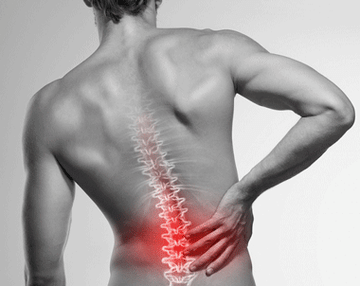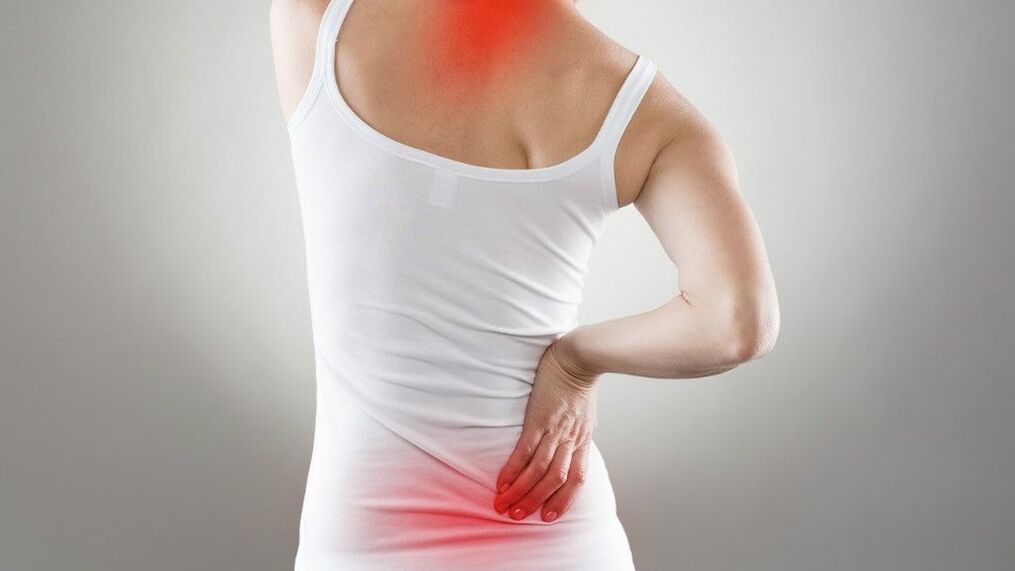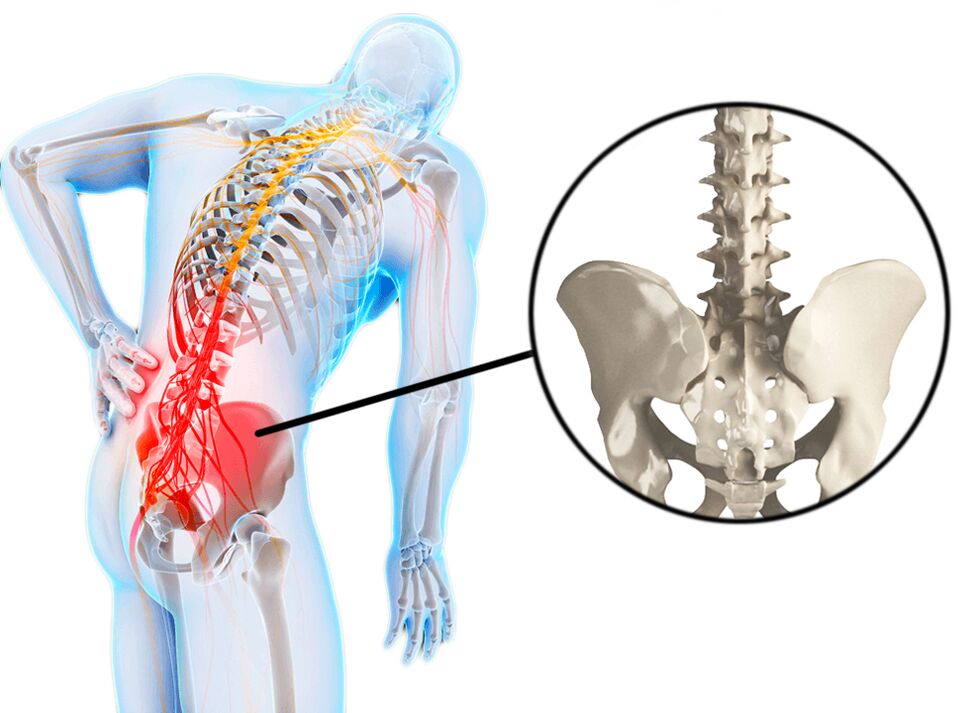
type of pain
Subacute – begins suddenly and can last 6 to 12 weeks; Acute - occurs suddenly, is characterized by high intensity, and lasts for about 1. 5 months; Variable (transient) – occurs periodically; Chronic - Can be strong or weak in intensity, lasting 12 weeks or more; boring; pain; Weak, medium strength, strong.
Common causes of low back pain
Musculoskeletal– Pain is often caused by spinal injuries and injuries or strains to the lower back muscles. Digestion– Lower back pain is often "tingling" and is caused by dysfunction of the gallbladder, pancreas, intestines, liver and stomach. This condition can be observed in gastritis, bile duct stones, intoxication, pancreatitis, intoxication, gastric ulcers and various forms of obstruction. nervous– Pain is caused by the formation of hernias, neuropathy, pinched nerves, curvature of the spine, herniated vertebrae and inflammatory processes. sex and urinary– Pain syndrome can occur if a person suffers from urolithiasis, bladder and kidney problems, various types of ovarian and uterine pathologies.
The most common conditions that cause low back pain
Curvature of the spine (scoliosis, kyphosis)
ankylosing spondylitis

Stiffness in waist movement; When a person rests for an extended period of time, intensity increases dramatically.
urolithiasis disease
Inflammatory processes in the pancreas; intestinal obstruction; Menstrual pain (dysmenorrhea); osteomyelitis; Pregnant; appendicitis.
Lumbar osteochondrosis
stand up from a lying or sitting position; tilt to the sides; Try lying on your stomach.
spondyloarthropathy
It initially appears only in the morning and then becomes permanent; It increases after physical activity (after walking, standing) and decreases after rest; There may be pain in the hip and thigh.
When you have lower back pain, which specialist should you contact?
Neurologist– When a patient experiences severe "shooting" pain in the spine, accompanied by partial loss of sensitivity and mobility. When pain worsens after changing positions or resting for long periods of time. surgeon or traumatologist– Due to a fall, injury or strenuous exercise. Nephrologist or urologist– Frequent urination or difficulty urinating, accompanied by waist soreness and severe pain on one side of the waist. gastroenterologist– When the pain syndrome is accompanied by increased body temperature, weakness and digestive system disorders. If the pain occurs only on one side and is of a pulling nature. gynecologist– If pain is felt on one or both sides, it may be accompanied by general weakness that is worsened by physical activity. When you experience pain during your menstrual cycle or pregnancy.

ultrasound– If pelvic or abdominal organ disease is suspected. It can even be used on children, but it doesn't always allow people to see the real cause of lower back pain. X-ray– If the patient has a hernia, injury, scoliosis. But this method only sees bone tissue. CT– If a hernia, neuropathy, protrusion, tumor or spinal injury is present. Computed tomography is ideal for patients with contraindications to magnetic resonance imaging. MRI– Indications are similar to CT. The method is very accurate and allows the necessary organs to be examined in as much detail as possible. Colonoscopy and gastroscopy– If the patient is diagnosed with a digestive disorder. These tests allow you to take a closer look at the abdominal organs and, if necessary, take tissue samples for analysis.
Treatment methods for low back pain
Physical Therapy – Treatment options are individually selected based on existing conditions. It is important to perform a set of exercises regularly to achieve the desired results; Physical therapy - including laser treatment of lesions, magnet therapy, electrophoresis and other procedures; acupuncture; Therapeutic and restorative massage - only if the patient's condition is not worsening; Manual therapy and working with an osteopath.
medical treatement
B vitamins, which help improve nerve conduction; Decongestants relieve swelling in stressed roots; Sedative medications.


















